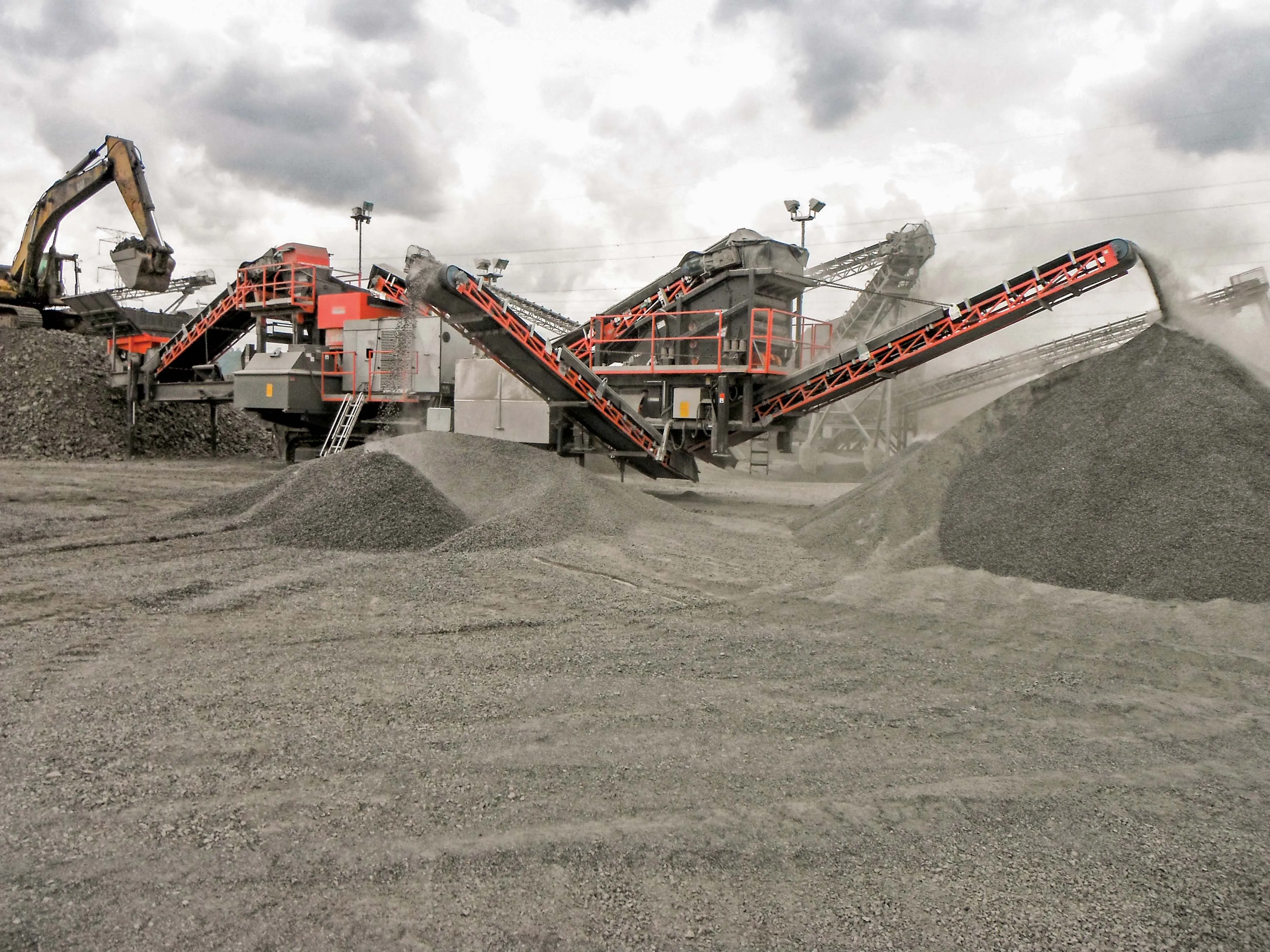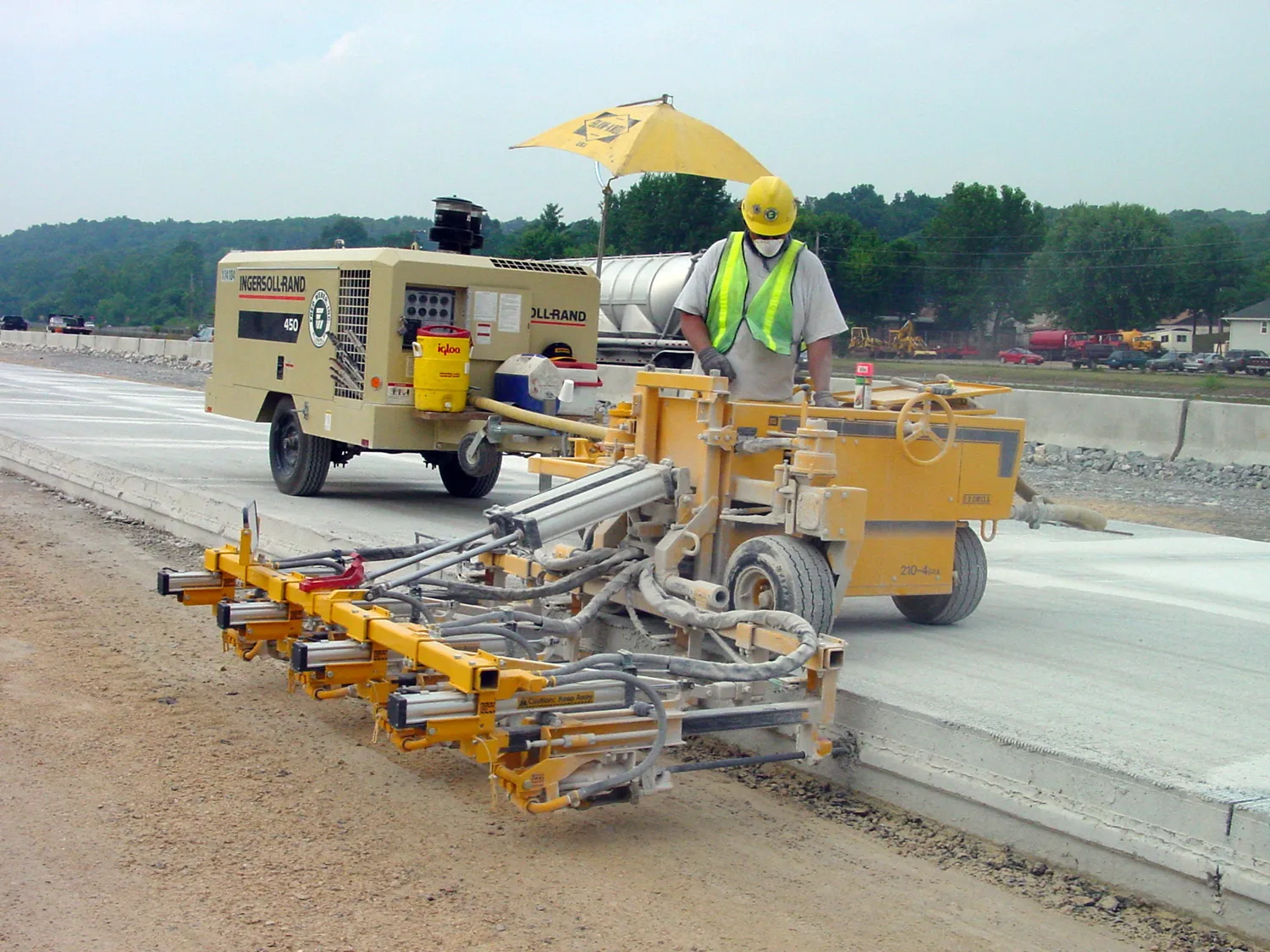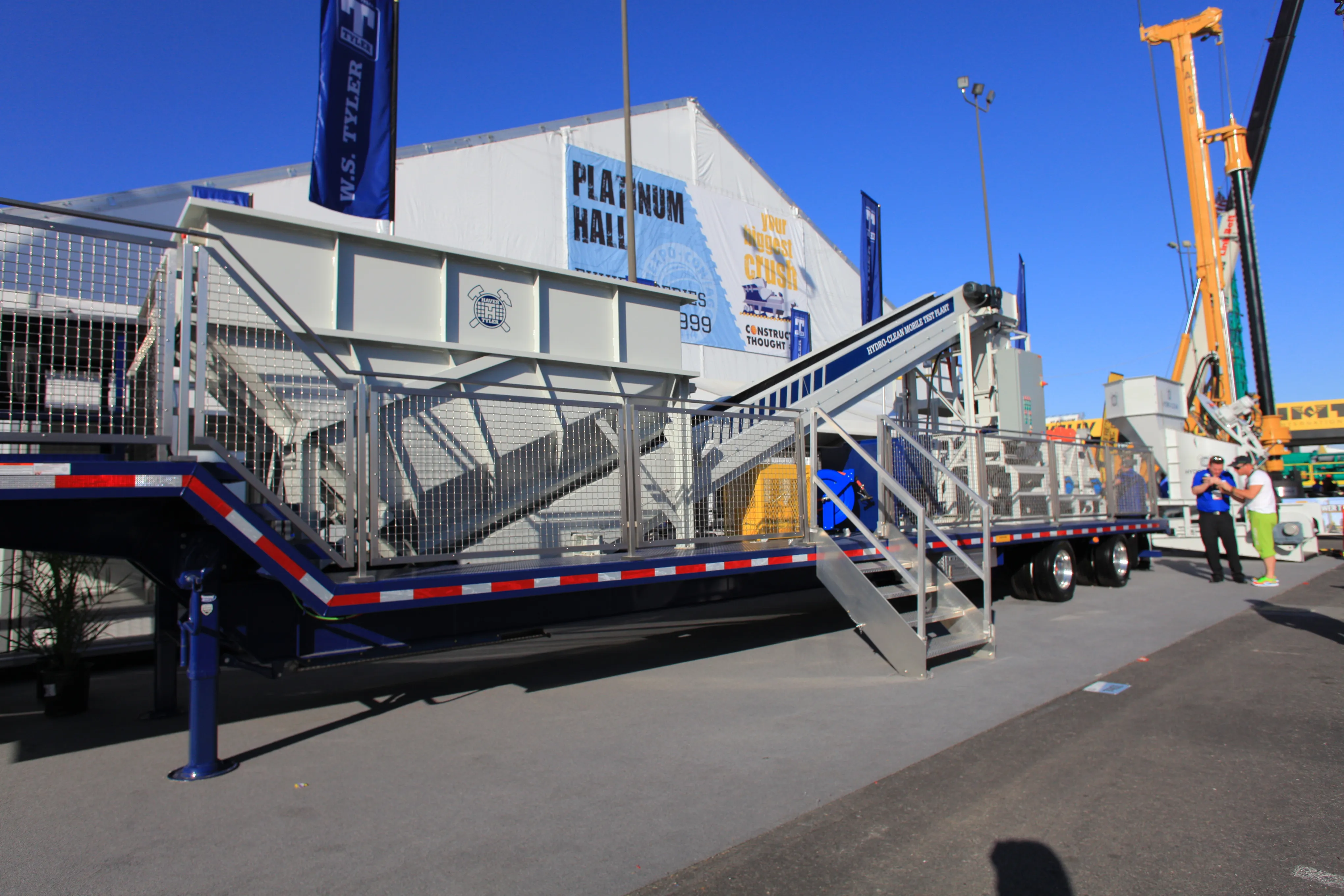SmicoSymons, formed from Smico Manufacturing and Symons Screens, offers what it claims is the screening industry’s first hydraulically-operated opening and closing clamp rail system for fast change-outs of worn or broken tensioned screen media on one or more decks simultaneously.
With a push of one or more buttons, clamp rails on selected decks or all decks will hydraulically open. Once replacement media is in place, one or more buttons will close and tighten the clamp rails to the specified distance from
January 6, 2017
Read time: 2 mins

With a push of one or more buttons, clamp rails on selected decks or all decks will hydraulically open. Once replacement media is in place, one or more buttons will close and tighten the clamp rails to the specified distance from screen box walls until they achieve the proper even tension.
According to the company, the technology reduces costly downtime to change out worn screens from an average of 8-12 hours on common size triple-deck screens to 3-4 hours and since change-outs require far fewer hours, producers can capitalise on more product flexibility from the same screen boxes.
“Screen media is expected to perform longer due to the hydraulic clamp rail system’s consistent tensioning, reducing the frequent problem of breakage with improperly manually tensioned screen media. The system may significantly reduce one of the primary causes of worker’s compensation claims, changing screen media,” says SmicoSymons.
www.Smico.com








